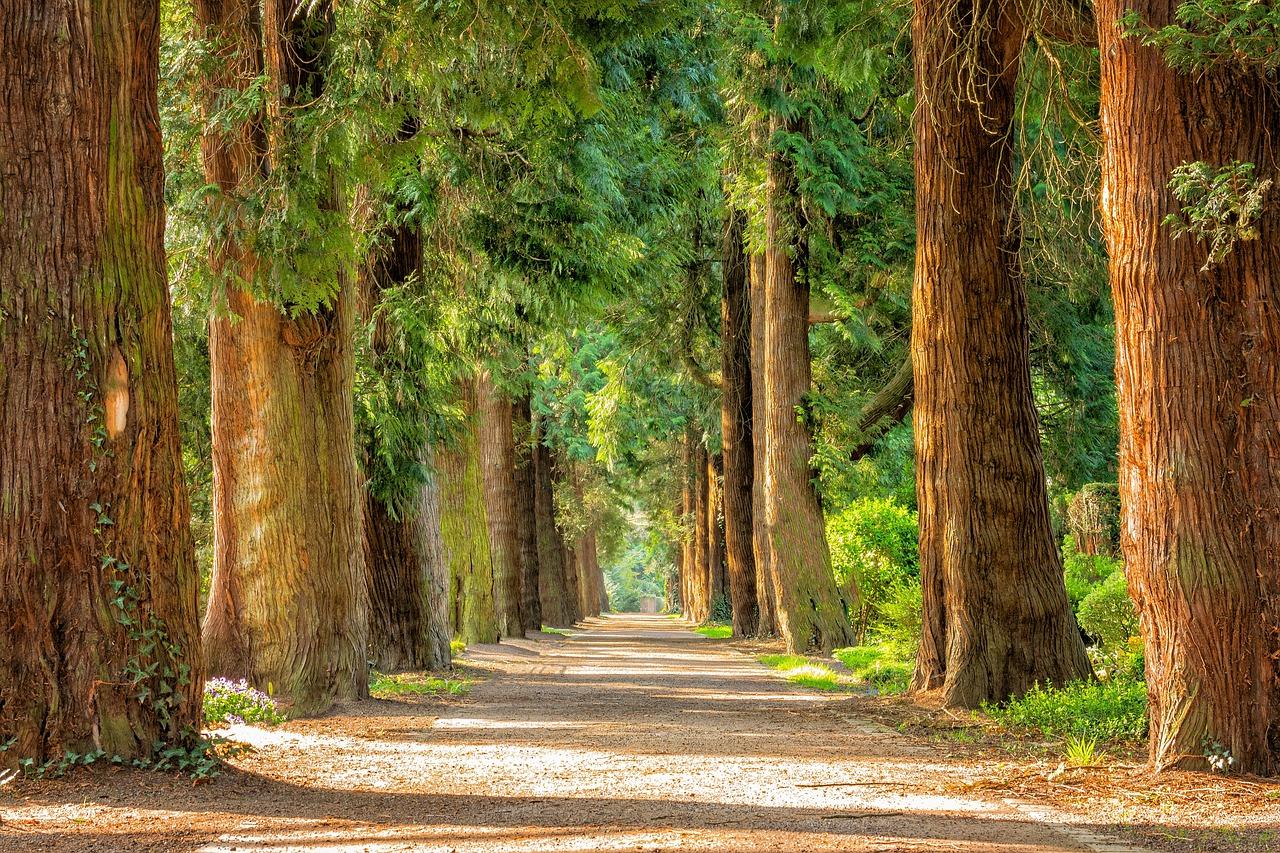Green space vital to student wellbeing during COVID-19 pandemic

Research led by Dr Anaïs Lemyre from the School of Geography, showed that access to green space played an important part in protecting the mental wellbeing of students when the country was in its third national COVID-19 lockdown.
New research published in the British Education Research Journal was the first to explore how green space supported student wellbeing during the pandemic. Researchers from the University of Oxford and the University of Southampton surveyed 161 students from four universities to understand how changes in the pandemic and associated restrictions influenced the lifestyles and mental wellbeing of students.
Dr Anaïs Lemyre from the University of Oxford, who led the study, adds, “At points during the pandemic, access to some parks and natural spaces was intermittently restricted. Our evidence suggests more should be done to ensure access to greenspace in times of social isolation as it contributes to mental wellbeing.”
The study found that green space facilitated physical activity and socialising when indoor mixing was prohibited but outdoor gatherings were allowed. As the seasons changed and restrictions on socialising indoors eased, green spaces were used less by students and became less important to their wellbeing. Instead, membership of groups played a bigger role in promoting wellbeing once national restrictions allowed for more participation in groups, clubs and societies.
“Different factors were important to student mental wellbeing at different times, but social support was critical throughout the pandemic,” says Dr Emma Palmer-Cooper from the University of Southampton, who co-authored the study.
Wellbeing measures and messaging should be tailored to mitigate the untended consequences of pandemic restrictions. When closure of social settings and social distancing leads to isolation, there should be a change in emphasis to encourage the use of outdoor spaces as locations for distanced socialising and physical activity.”
They asked students about their lifestyles, mental wellbeing, and experiences of COVID-19 in two time-periods during the pandemic. The first was from April to May 2021. At this time, vaccination had just begun for 18- to 29-year-olds and England was in the tail end of the third national lockdown, with indoor mixing prohibited and students encouraged to limit contact with those outside of their households. The second was six months later, from November to December 2021. By this time, 65% of 18- to 34-year-olds had received at least one dose of the vaccine and most social distancing measures were removed. At universities, face-to-face teaching had resumed but students were encouraged to wear masks in classrooms and social settings.
During the Spring, 37.9 per cent of students said they visited a green space at least four times a week. This dropped to 19.2 per cent by the autumn. Group membership rose from 75.2 per cent in Spring to 83 per cent in autumn. Mental wellbeing improved significantly between the two time periods, as students adapted to the easing of pandemic restrictions.
Dr Palmer-Copper added, “Our results indicate that over time students adjusted as restrictions eased and suggests that the long-term mental wellbeing impact on students may be less severe than previously feared.”
Students were also asked about their lifestyles before the pandemic. 62 per cent of students surveyed reported using green space more during the pandemic than before. A high proportion also reported doing less physical activity, sleeping less, drinking less alcohol, and using social media more.
______________________________________________________________________
Further information
- Mental wellbeing among higher education students in England during the pandemic: A longitudinal study of COVID-19 experiences, social connectedness and greenspace use is published in the British Education Research Journal and is available online.
- The research was funded by a research grant from the School of Geography and the Environment at University of Oxford.
- This article was adapted from a University of Southampton press release






